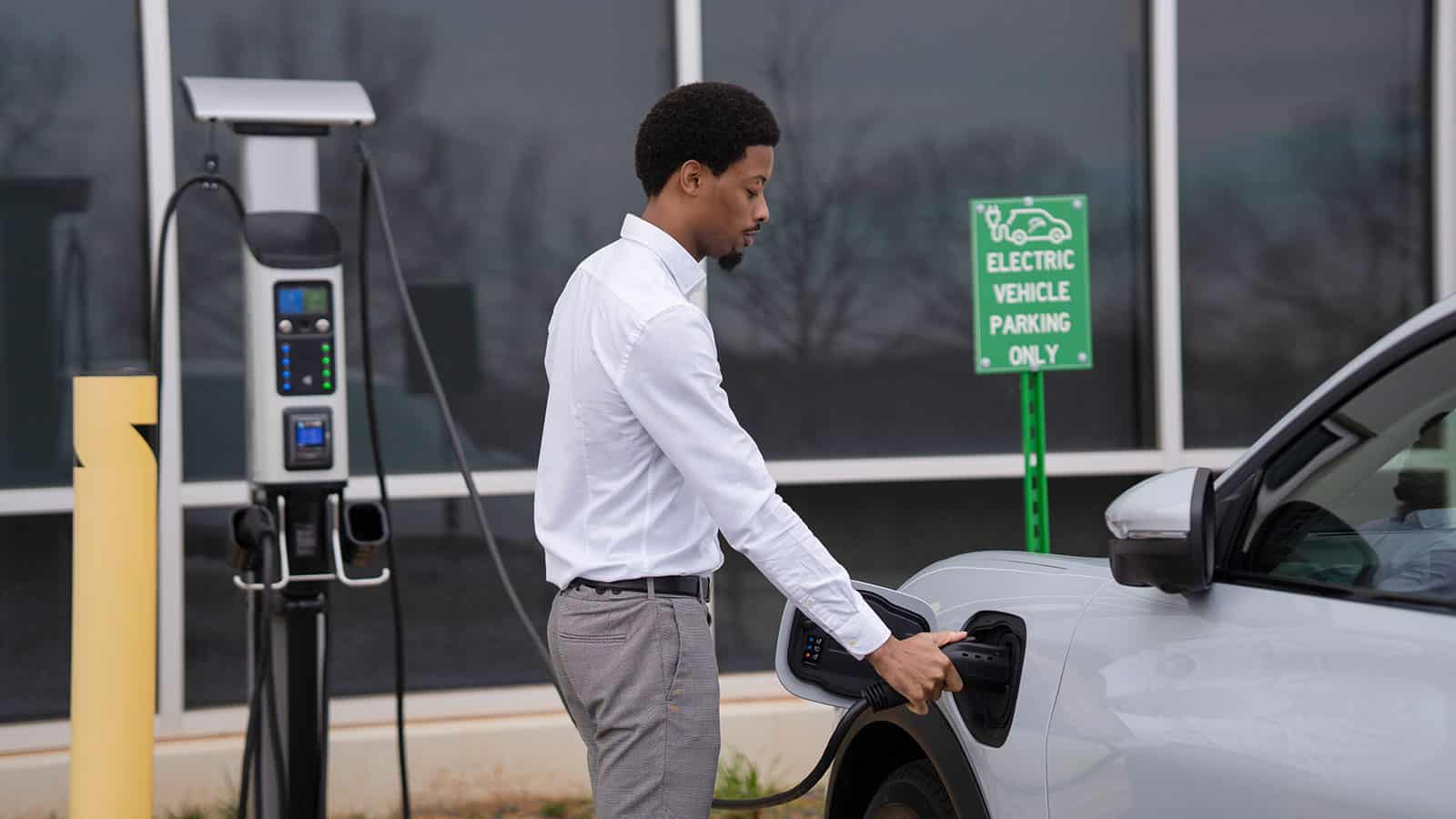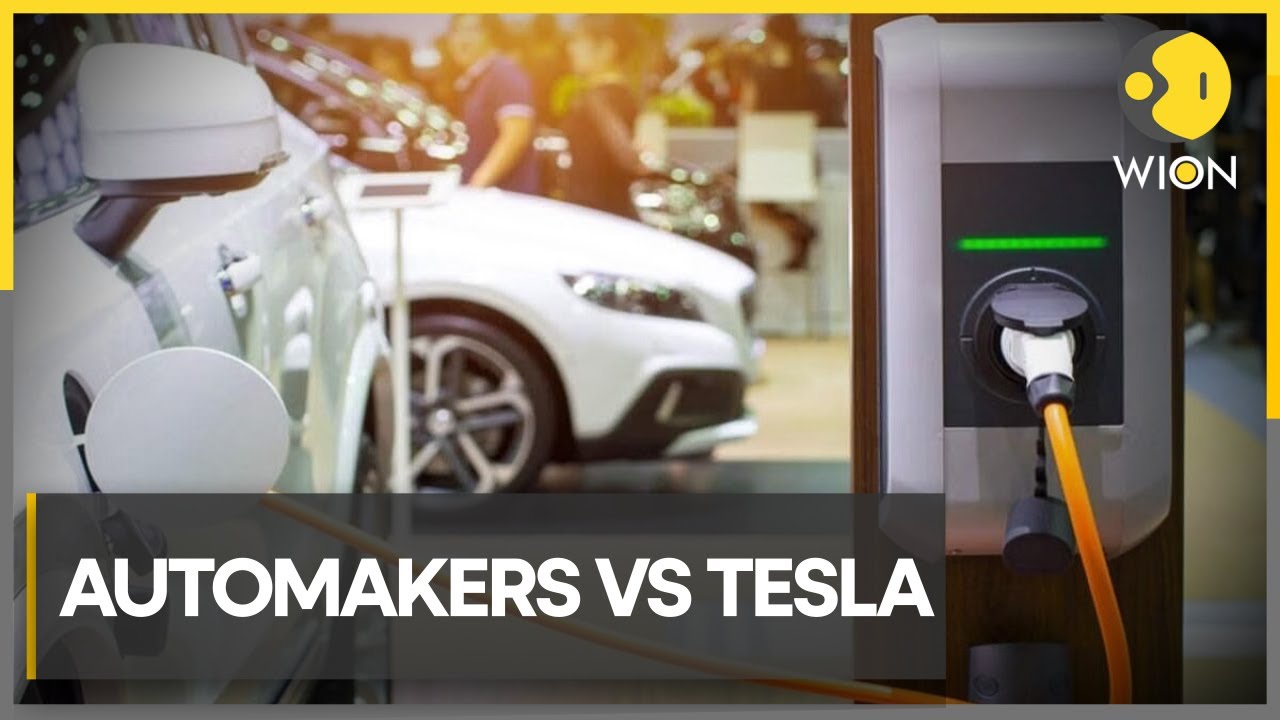How to Make Smarter Decisions in EV Investments by Buying EV Charging news
Wiki Article
Top EV Charging News: Key Updates on Facilities and Development

Current Advancements in Fast-Charging Technology
Furthermore, advancements in battery technology, consisting of boosted thermal administration systems and higher energy thickness batteries, enhance fast-charging abilities. These developments alleviate the danger of battery deterioration during quick charging, ensuring durability and efficiency for EV owners.
Additionally, the combination of clever billing solutions is enhancing user experience, allowing real-time monitoring and dynamic pricing designs. EV Charging news. This versatility allows motorists to optimize charging times and prices based upon grid need
As car manufacturers proceed to buy fast-charging networks, the cooperation in between market stakeholders is important. Collaborations in between charging station companies and automobile suppliers are leading the way for considerable protection, inevitably cultivating a much more robust EV ecosystem. These innovations are pivotal in supporting the change to sustainable transportation.
Government Campaigns for Billing Development
Federal government initiatives play a critical function in the expansion of electric automobile (EV) billing facilities, facilitating the shift to sustainable transportation. Different federal and state programs are being carried out to boost billing accessibility, minimize the financial worry on customers, and promote the fostering of electrical lorries.Especially, the united state federal government has actually alloted significant funding with the Infrastructure Financial Investment and Jobs Act, which sets aside $7.5 billion for EV billing network development throughout the country. This funding is intended at deploying countless brand-new billing terminals, specifically in underserved locations, thereby resolving array stress and anxiety among possible EV purchasers.
Furthermore, countless states are establishing regulations to simplify the allowing procedure for charging station installations, which is important for speeding up deployment. Rewards such as tax debts and refunds for both consumers and businesses are additionally being introduced to encourage the installation of billing facilities.
Additionally, public-private partnerships are increasingly coming to be an emphasis, leveraging exclusive financial investment to complement government financing. These campaigns underscore a collaborative approach essential for constructing a thorough and reliable EV charging network, ultimately adding to a greener and even more lasting future.
Innovative Battery Solutions Enhancing Efficiency
Changing the landscape of electrical car (EV) innovation, ingenious battery options are substantially improving effectiveness and performance. Developments in battery chemistry, especially with lithium-sulfur and solid-state batteries, are leading to raised power density, which permits longer ranges and faster billing times. These brand-new battery types have the potential to outperform typical lithium-ion batteries by providing greater capabilities while minimizing weight, therefore improving total lorry efficiency.Moreover, growths in battery management systems (BMS) are maximizing power usage and prolonging battery life-span. Intelligent algorithms keep track of battery wellness and performance, enabling real-time adjustments to billing and releasing procedures. This not only enhances the effectiveness of the battery but also makes certain an extra trustworthy and lasting power source for EVs.
Furthermore, the assimilation of recycling modern technologies is dealing with the ecological influence of battery manufacturing and disposal. Innovations in second-life applications for EV batteries are promoting their usage in power storage systems, adding to a round economic climate.
As these ingenious battery solutions continue to evolve, they guarantee to transform the EV market, making electric automobiles more easily accessible and attractive to a more comprehensive audience while supporting worldwide sustainability objectives.

Partnership In Between Automakers and Charging Networks
Identifying the critical demand for a durable charging framework, automakers are increasingly collaborating with billing network providers to enhance the EV possession experience (EV Charging news). These collaborations intend to develop a seamless charging environment that profits customers and sustains the shift to electrical vehiclesMajor automotive brands are joining pressures with well-known charging networks to expand their charging terminal insurance coverage, guaranteeing chauffeurs have access to practical and trusted billing options. For circumstances, partnerships with networks like ChargePoint and Electrify America permit automakers to incorporate charging options straight right into their automobiles' navigation systems, leading users to the closest terminals and offering real-time schedule updates.
Moreover, these collaborations frequently lead to the advancement of fast-charging modern technologies that substantially lower the time required to charge an EV. By merging sources and knowledge, automakers and charging networks can innovate faster, developing services that fulfill the growing need for electrical mobility.
Furthermore, joint initiatives may also cause even more standardized charging methods, which can minimize consumer complication and advertise broader EV fostering. In general, these tactical alliances are crucial in developing a straightforward and efficient charging infrastructure that satisfies the demands of a broadening electric vehicle market.
Difficulties Encountering EV Charging Infrastructure
As the electrical automobile market remains to grow, a number of difficulties are appearing that impede the advancement of an extensive billing facilities. Among the main obstacles is the insufficient variety of charging see this site stations, specifically in underserved see this and rural city locations. This space develops range anxiety among potential EV buyers, preventing them from making the button.In addition, the lack of standardization accountable modern technology complicates the facilities landscape. Variations in plug types and billing rates can create confusion for users and raise operational complexities for charging network operators. Furthermore, the assimilation of charging terminals right into existing electric grids postures substantial challenges. Numerous regions face capability limitations, calling for considerable investments in grid upgrades to fit boosted need.
Another pushing concern is the high cost connected with the installation and upkeep of billing stations, which can be an obstacle for both public entities and exclusive services. Governing hurdles and zoning limitations can postpone the deployment of billing framework, hampering development in broadening vital services. Addressing these challenges will be vital for promoting a robust EV environment that supports the shift to lasting transport.
Conclusion
In verdict, the recurring advancements in EV billing innovation, supported by substantial federal government campaigns and innovative battery you can try these out solutions, are important for the growth and effectiveness of electric car framework. Partnerships in between car manufacturers and billing service providers additionally improve terminal coverage, dealing with the growing need for accessible billing alternatives. Regardless of obstacles that persist within the EV charging landscape, these growths represent a positive trajectory towards a much more effective and sustainable electrical lorry environment.Innovations in billing facilities have led to the advancement of ultra-fast chargers capable of providing up to 350 kW of power, dramatically minimizing billing times. Variations in plug types and charging speeds can produce confusion for customers and enhance operational complexities for charging network operators.In verdict, the recurring improvements in EV billing technology, sustained by substantial federal government campaigns and cutting-edge battery options, are critical for the expansion and efficiency of electric automobile facilities. Cooperations between car manufacturers and billing suppliers even more improve terminal insurance coverage, resolving the expanding need for easily accessible billing choices. In spite of challenges that persist within the EV charging landscape, these advancements indicate a favorable trajectory in the direction of a much more sustainable and effective electrical vehicle ecosystem.
Report this wiki page